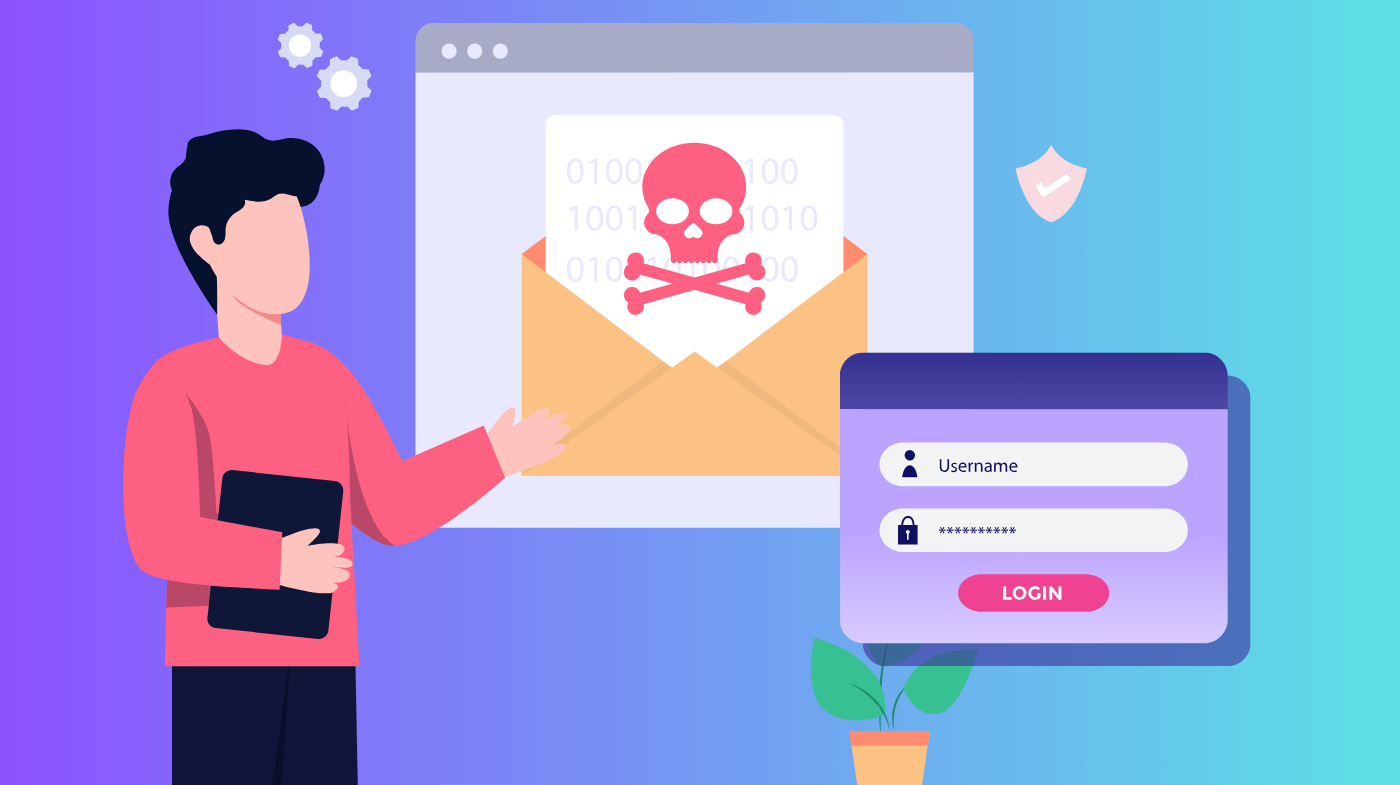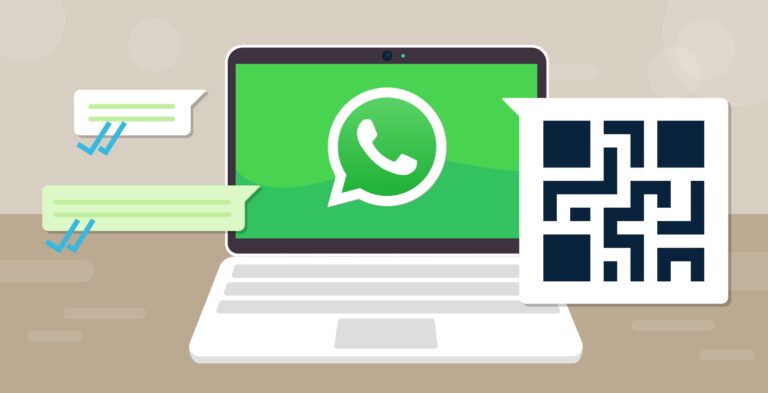Signs Your Email Was Hacked: Critical Warning Signals
Your email account holds the keys to your entire digital life, yet millions of users remain oblivious to the warning signs of compromise until it’s too late.
Cybercriminals are becoming increasingly sophisticated, employing subtle tactics that can keep you locked out while they exploit your personal information, financial accounts, and professional networks.
This comprehensive guide reveals the critical warning signals every email user must recognize, from obvious signs like login failures and suspicious messages to hidden indicators like modified account settings and missing emails.
You’ll discover proven detection methods, understand how attackers operate undetected, and learn essential protection strategies that can save you from devastating identity theft and financial losses.
Primary Indicators of Email Compromise
Identifying a compromised email account requires vigilance and understanding of common attack patterns. Hackers employ sophisticated techniques to maintain access while avoiding detection, making early recognition crucial for damage control.
You Cannot Access Your Email Account
The most obvious sign of email compromise occurs when your usual login credentials suddenly stop working. If you’re confident about your password but repeatedly receive “incorrect password” messages, hackers may have changed your credentials to lock you out of your own account.
This aggressive lockout tactic has become increasingly common, with cybercriminals immediately changing passwords, two-factor authentication settings, and recovery options upon gaining access. This makes standard password reset procedures ineffective and requires immediate action.
Test your password carefully before assuming compromise, as typos or caps lock issues can create false alarms. When regaining access, use a strong random password generator you can trust to create new credentials that resist future attacks.
Your Contacts Report Suspicious Messages
Friends, family members, or colleagues may inform you about strange emails they received from your account. These messages often contain suspicious links, requests for money, or generic promotional content that doesn’t match your usual communication style.
Hackers frequently use compromised accounts to spread malware or conduct phishing campaigns, targeting your contact list because recipients are more likely to trust messages from known senders. They may also delete these suspicious emails from your sent folder to avoid detection.
Monitor your sent folder regularly for messages you don’t remember sending, even though skilled attackers often remove this evidence.
Security Alerts from Unknown Locations
Email providers typically send notifications about logins from unfamiliar locations or devices. If you receive alerts about account access from countries you’ve never visited, devices you don’t own, or during times when you weren’t using email, your account may be compromised.
Review your email provider’s security settings to examine recent login activity. Look for simultaneous logins from different geographic locations, which would be physically impossible for legitimate use.
Pay special attention to login alerts from developing countries or regions known for cybercriminal activity.
Secondary Warning Signs
There are some subtle indicators that hackers may have compromised your email account beyond the obvious signs. Below are critical warning signals that often go unnoticed but require immediate attention:
Unexpected Password Reset Notifications
Multiple password reset emails for accounts you didn’t request changes for indicate that hackers are attempting to access your other online services. These notifications may come from banks, social media platforms, cloud storage services, or shopping websites.
Cybercriminals often use email access as a stepping stone to compromise more valuable accounts, particularly those containing financial information or sensitive business data.
This pattern suggests the attacker is conducting systematic account takeover attempts across your digital footprint.
Modified Account Settings and Email Rules
Hackers frequently alter email settings to maintain persistent access and hide their activities. Check whether your forwarding settings, signature, recovery email address, or security questions have been changed without your knowledge.
A particularly dangerous tactic involves setting up email forwarding rules that send copies of all incoming messages to the attacker’s address. This allows them to monitor your communications even after you regain account control.
Review inbox rules and filters for unauthorized changes that might redirect important messages to spam or the deleted items folder.
Missing or Deleted Emails
Unexplained email disappearances often indicate unauthorized account access. Hackers commonly delete security alerts, password reset notifications, or other messages that might reveal their presence.
If you notice gaps in your email history or missing messages from expected senders, this could signal that someone is actively managing your inbox to avoid detection.
Important communications from banks, service providers, or security services may vanish without explanation.
Advanced Detection Methods
Checking for Data Breaches
Beyond recognizing behavioral signs, you can proactively verify whether your email credentials have been exposed in data breaches. Services like Have I Been Pwned allow you to check if your email address appears in known security incidents.
This approach helps identify potential compromises before obvious symptoms appear, giving you time to secure your account proactively.
Regular breach monitoring should be part of your overall cybersecurity strategy.
Monitoring IP Address Access Logs
Most email providers maintain detailed logs showing the IP addresses, browsers, and devices that have accessed your account. Unusual IP addresses from unfamiliar geographic locations strongly indicate unauthorized access.
This method provides concrete evidence of compromise and can help you understand the scope and timing of the attack.
Document this information for potential law enforcement reports or insurance claims.
Protecting Against Email Compromise
Strong Password Practices
The foundation of email security lies in using strong, unique passwords that resist common attack methods. However, creating truly random passwords manually is nearly impossible for humans, as we naturally follow predictable patterns.
Using a strong random password generator you can trust ensures your credentials contain sufficient entropy to withstand brute-force attacks. These tools create complex combinations of uppercase letters, lowercase letters, numbers, and special characters that are computationally infeasible to guess.
Many people wonder how someone hack my email without my password, but the reality is that most compromises occur through password-related vulnerabilities like reuse, weak complexity, or credential stuffing attacks using previously breached data.
Implementing Multi-Factor Authentication
Two-factor authentication adds a crucial security layer that prevents access even if your password is compromised. Enable this feature on all email accounts and linked services to significantly reduce your attack surface.
Use authenticator apps rather than SMS when possible, as text messages can be intercepted through SIM swapping attacks.
Frequently Asked Questions
Can hackers access my email without knowing my password?
Yes, cybercriminals can compromise email accounts through various methods including phishing attacks, malware infections, data breaches at other services where you reused passwords, and social engineering tactics targeting account recovery processes.
How quickly should I act if I suspect my email is hacked?
Immediately change your password and enable two-factor authentication. Contact friends and colleagues to warn them about potential malicious messages, then systematically secure all accounts linked to the compromised email address.
What information can hackers access through my email?
Compromised email accounts provide access to personal communications, financial statements, password reset links for other accounts, professional correspondence, and often serve as gateways to social media, banking, and cloud storage services.
Should I delete my compromised email account?
Deleting the account is rarely necessary and often counterproductive. Instead, focus on securing the account through password changes, enabling additional security features, and monitoring for ongoing suspicious activity.
Take Control of Your Digital Security
Email compromise represents one of the most serious threats to personal and professional digital security. The warning signs discussed in this article provide your first line of defense against cybercriminals seeking to exploit your online presence.
Act immediately upon detecting any suspicious activity, as a delayed response dramatically increases potential damage.
Remember that email security extends beyond just protecting messages; it safeguards your entire digital identity and financial well-being.





